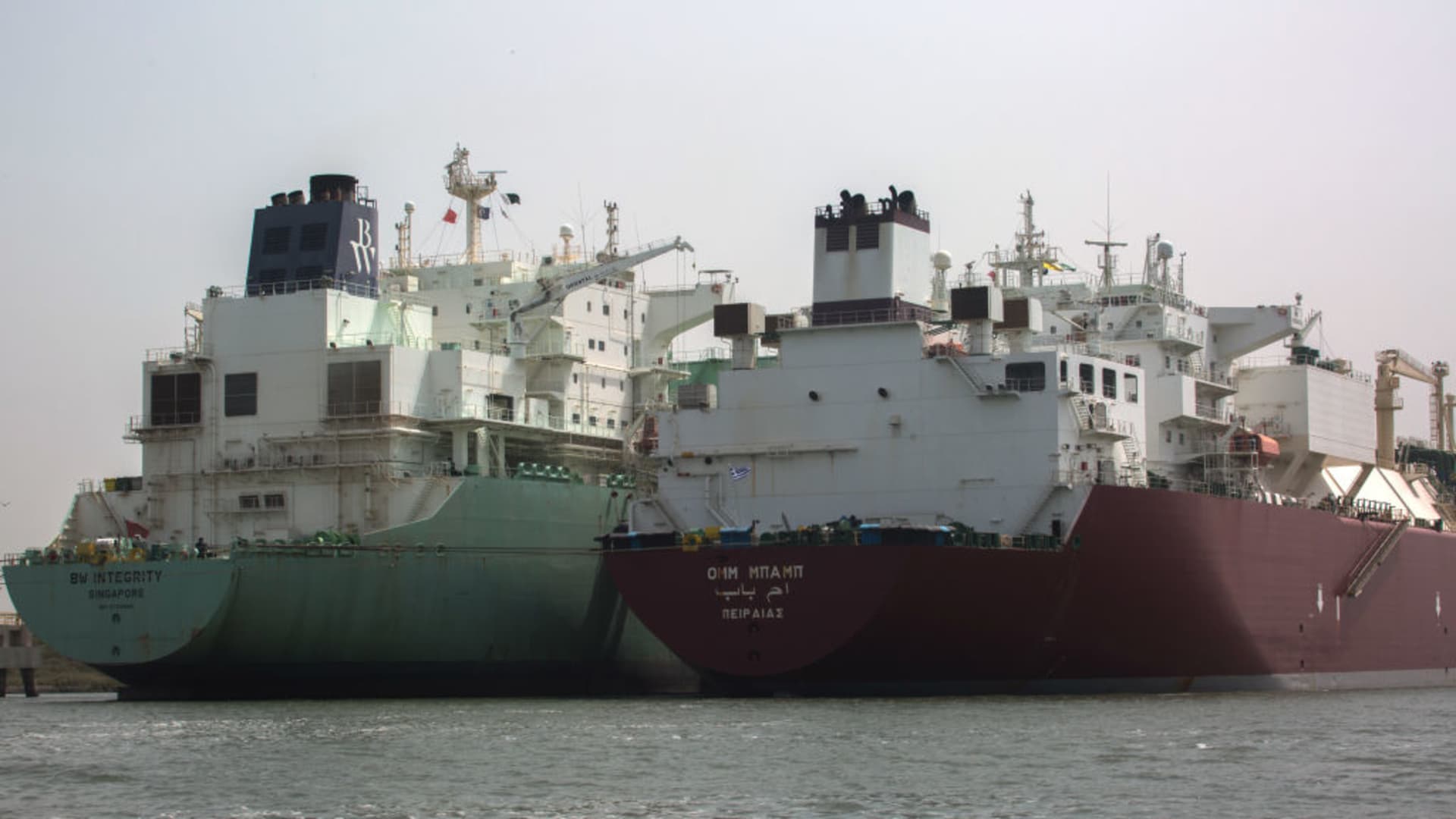As Europe struggles with a power shortage, Asia-Pacific’s power supply remains secure mainly because the region still uses a lot of coal, data has shown.
With liquified natural gas supplies in the region redirected to Europe, power generators in Asia not only have less access to LNG but have had to opt out of buying more expensive LNG driven by strong demand in Europe.
Europe is struggling with a gas shortage as Russia cuts its supplies, forcing many countries into an energy crisis in the lead up to winter. The U.K.’s National Grid has warned of possible power cuts.
On Tuesday, the EU steered away from a proposed price cap on Russian gas as it laid out new measures to tackle high energy prices. Russia had previously said it would halt all fuel supplies to the EU if the bloc imposed these caps, which suppress Russian revenues and price of commodities.
S&P Global chief energy strategist Atul Aryal said while the crunch in Europe and the war in Ukraine have forced up prices of fuel such as oil and gas globally, it has not hurt Asia’s energy generation.
“In Asia, instead of using gas, countries are using coal because coal is here, coal is domestic and less expensive,” Arya told CNBC.
“The downside is that Asia, which is growing gas consumption, has stopped, at least for now.”
Unlike Europe which relies on gas for energy creation, gas is less relevant to Asia. It only forms 11% of its power mix and imported LNG forms a small part of that with most gas coming from domestic production, Wood Mackenzie head of Asia Pacific power & renewables research Alex Whitworth said.
Coal takes up a larger portion of the mix, although it is falling, Whitworth added. The share of coal in power generation for Asia-Pacific markets is more than 60%, he said.
The deployment of renewables takes time and will not ease security concerns in the short term … therefore, we are likely to see more of a push to boost the supply of fossil fuels and therefore the reliance on these dirtier fuels.Warren PattersonING Economics
Separately, Asia’s LNG imports have fallen due to high prices.
According to the International Energy Agency’s latest gas report, Asian spot or short-term LNG imports fell 28% in the first eight months of the year compared with the same time last year. Overall LNG imports fell 7% year-on-year.
Imports to China — now the biggest global LNG importer — fell the most by 59%. The decrease in LNG imports for Japan, Pakistan and India were 17%, 73% and 22% respectively, the IEA said.
The agency explained it wasn’t just high prices deterring Chinese buyers, but also the country’s slowing economy, milder winter temperatures and strong domestic production of its own gas and coal.
These factors have set up opportunities for more coal use in Asia, amid efforts to reduce the use of fossil fuels. For example, Korea Electric Power Corporation has started using more coal in recent months, according to the Institute for Energy Economics and Financial Analysis.
The company used about 26% more coal in July this year compared with the previous month, but that was still lower than the volume used last year, data from IEEFA showed.
“KEPCO’s data suggests that both coal and LNG power generation have fallen since May as a result of higher prices year on year. However, there is a clear increase month on month of coal power generation,” IEEFA energy finance analyst Ghee Peh said.
This follows that Korea — which, like Japan, uses more gas than other Asian markets — so to some extent, have had to compete for limited gas like Europe. But, because of the availability of domestic supplies, they are more secure than Europe, Whitworth added.
In other words, Asia’s dependence on coal and relatively less reliance on gas imports mean it has higher energy security.
In general, tighter LNG supplies and higher prices now mean that some countries would have to rely on relatively “cheaper and dirtier fuels,” ING Economics head of commodities strategy Warren Patterson said in a recent note.
“One would expect that the high fossil fuel price environment would speed up the green push from governments across Asia, particularly given that a number of these economies are large net importers of energy,” Patterson said.
“However, clearly, the deployment of renewables takes time and will not ease security concerns in the short term.”
“Therefore, we are likely to see more of a push to boost the supply of fossil fuels and therefore the reliance on these dirtier fuels.”
